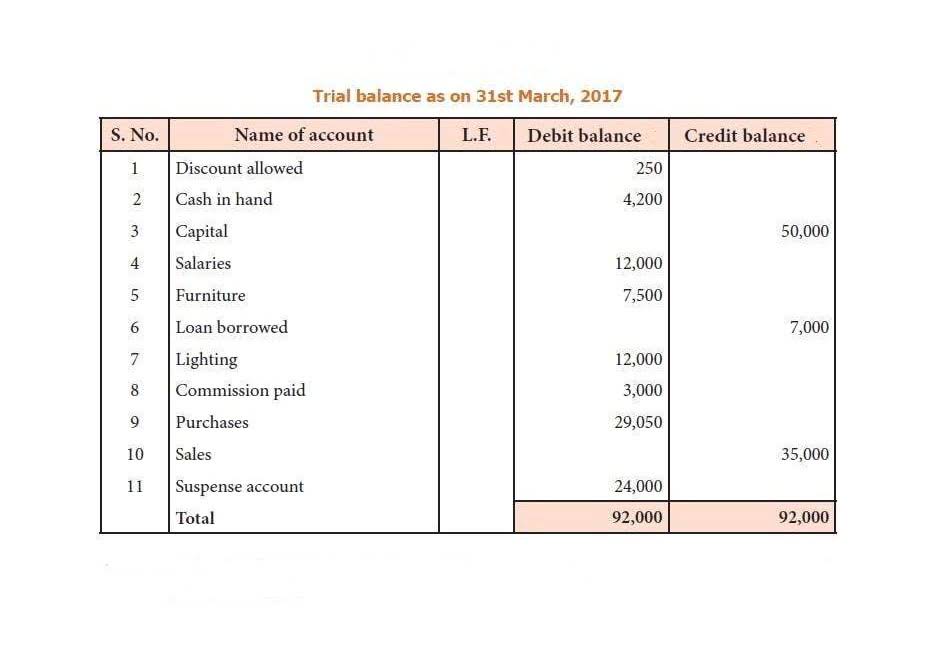Going concern: Auditor’s Opinion and Going Concern: Key Considerations

In order to qualify as a going concern, a business must have a clear plan for its future operations and a reasonable expectation of continuing to operate for the foreseeable future. This plan should be supported by a thorough analysis of the business’s financial situation and market conditions. The primary assumption is that the business has sufficient resources to continue operating and paying its debts. According to the article, a going concern can be defined as a business that has the ability to meet its obligations as they fall due. The concept of going concern is fundamental in financial reporting and corporate governance. Both the International Financial Reporting Standards (IFRS) and South Africa’s Companies Act 71 of 2008 emphasize its importance, albeit with different focal points.
Look, We Know Accounting Salaries Are Low But This Has to Be a Joke
- This section outlines the strategies and actions the company intends to implement to mitigate risks and improve its financial position.
- For the past 52 years, Harold Averkamp (CPA, MBA) hasworked as an accounting supervisor, manager, consultant, university instructor, and innovator in teaching accounting online.
- Factors affecting going concern are critical considerations for auditors when evaluating a company’s financial statements.
- Auditors employ various procedures to assess an entity’s ability to continue as a going concern and evaluate the adequacy of related disclosures in the financial statements.
- Management’s plan could include borrowing more money, selling assets, raising new capital, or reducing expenses.
- This includes a review of its income statement, balance sheet, and cash flow statement.
For a company to be a going concern, it usually needs to be capable of surviving a significant debt restructuring or massive financing overhaul if necessary. Thus, the label going concern indicates that a company is making enough money to stay afloat for the foreseeable future or until there is evidence to the contrary.
A. Determining the Need for Financial Statement Adjustments

If management concludes that its plans do alleviate the substantial doubt, a disclosure is still required. In this scenario, the footnote will not state that substantial doubt exists, HOA Accounting but it must still describe the initial conditions that raised the doubt and management’s plans that successfully mitigated it. Continuation of an entity as a going concern is presumed as the basis for financial reporting unless and until the entity’s liquidation becomes imminent.
Financial Controller: Overview, Qualification, Role, and Responsibilities
Even if the business’s financials aren’t audited, an accountant who has concerns about the business’s viability should disclose those concerns to the business owner. A financial auditor is hired by a business to evaluate whether its assessment of going concern is accurate. going conern After conducting a thorough review (audit) of the business’s financials, the auditor will provide a report with their assessment. Operational disruptions, such as regulatory changes, technological shifts, or geopolitical tensions, can also threaten viability. For example, changes in trade policies may disrupt supply chains, impacting production and customer fulfillment. Environmental risks, like natural disasters, further compound challenges for businesses without robust contingency plans.
A key part of the auditor’s work is evaluating management’s assumptions and projections. For example, revenue growth projections are compared against historical trends and industry benchmarks to identify potential biases. External factors, such as economic conditions and market volatility, are also considered to assess their potential impact on the company’s future performance.

- Companies need to be aware of these factors and take appropriate actions to mitigate any going concern risks.
- The auditor’s opinion on going concern is based on various factors such as the current economic conditions, financial performance of the company, and management’s plans to address any financial difficulties.
- When forecasting becomes less reliable and the past no longer predicts the future, the going concern assessment becomes much harder to document and update, and robust disclosures much more critical.
- This means that different types of businesses may have different disclosure requirements.
- Factors that can negatively affect a business’s ability to meet its obligations include operating losses, negative working capital, default on existing loans, outstanding legal issues, and internal issues such as work stoppages.
- Businesses that receive a going concern warning should take immediate action to address the underlying issues, such as reducing costs, improving cash flow, or exploring alternative financing options.
There are several indicators that may raise doubt about an entity’s ability to continue as a going concern. These include financial indicators such as negative cash flows from operations, adverse key financial ratios, or substantial operating losses. Other warning signs could be defaults on loans, denial of credit by suppliers, or restructuring of debt.

This includes negative financial trends, such as recurring operating losses and working capital deficiencies. Evaluating a company’s going concern status is essential in financial audits, as it determines whether an entity can continue its operations for the foreseeable future. This assessment holds significance for stakeholders, including investors and creditors, who rely on accurate financial reporting to make informed decisions. The auditor must evaluate the assessment prepared by management and conclude on whether there is a material uncertainty about the entity’s ability to continue net sales as a going concern. US GAAP includes a two-step process that first determines whether substantial doubt about the company’s ability to continue as a going concern is raised. If substantial doubt is raised, management then assesses whether that substantial doubt is alleviated by management’s plans.

Risk Management
The purpose of a going concern memo is to provide a clear plan for the company’s recovery, which may involve cost-cutting measures, restructuring, or seeking external funding. For example, the look-forward period for a company with a December 31, 20X0 reporting date is at least the 12 months ended December 31, 20X1, but it may need to be extended depending on the facts and circumstances. For example, if the company expects to lose a major customer in 15 months from the reporting date, it may be necessary to extend the look-forward period up to at least March 31, 20X2. The following table summarizes the five key areas of the going concern assessment that we believe are most important for management. Auditors may encounter various challenges when assessing going concern, particularly in dynamic or uncertain business environments. Proper documentation and communication are essential for ensuring transparency and accountability in the going concern assessment process.

